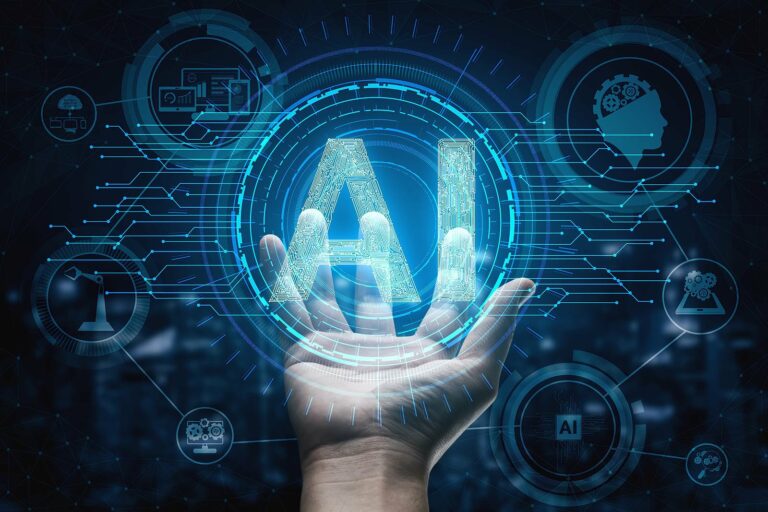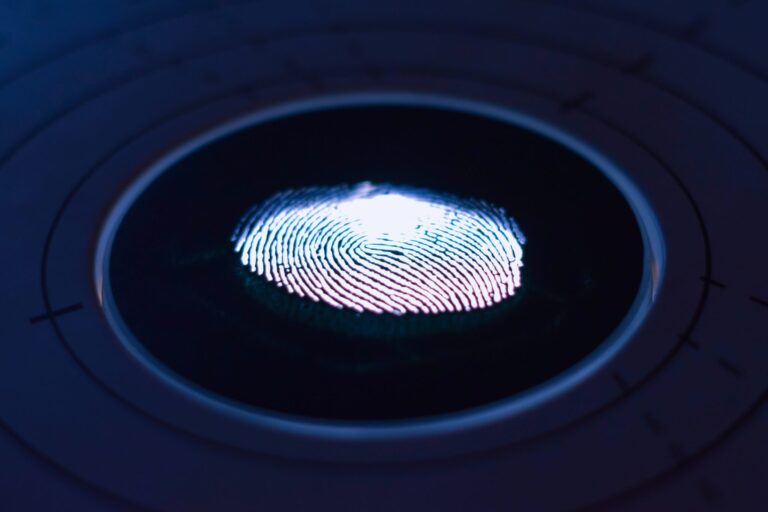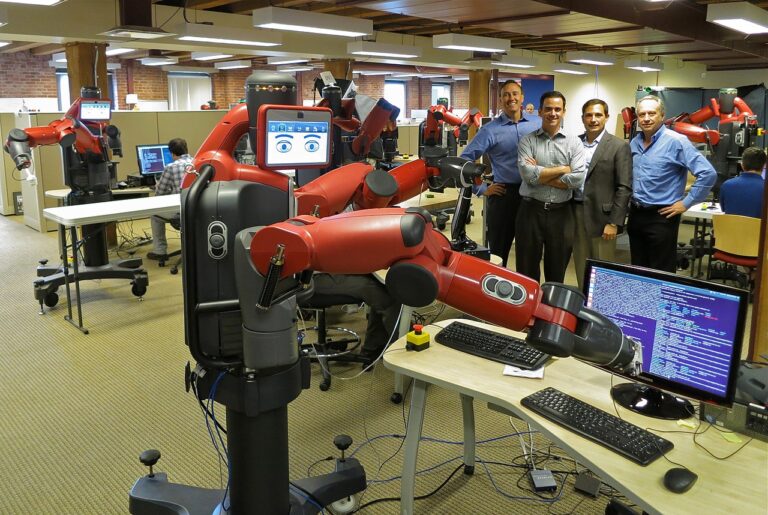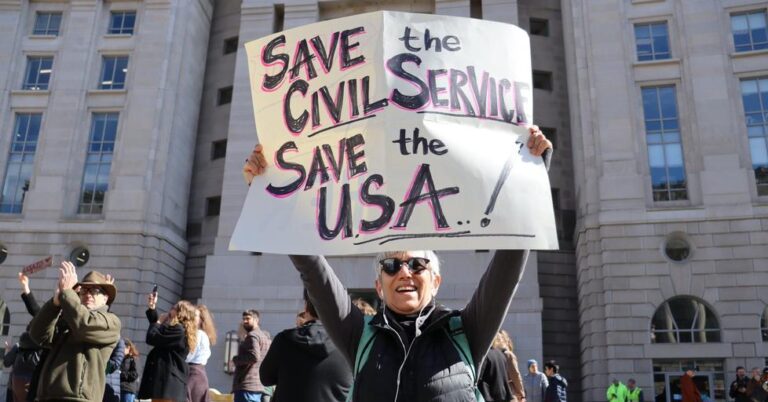
Maddie Chang is a student at Harvard Law School.
In today’s Tech@Work, home security apps popular in India are re-purposed for the surveillance and performance rating of domestic workers; and lawmakers in California grapple with the future of autonomous trucks.
As reported in Rest of World, two home security apps MyGate and NoBrokerHood, which operate in 40,000 residential complexes in India, have increased the surveillance of domestic workers. The apps alert homeowners when people enter and exit buildings, which originally served as a security feature. That function is now being used to monitor domestic workers, who, according to the article, have not been able to consent to their own surveillance. The phenomenon wherein a technology is used for one purpose but then is expanded to serve another is known as “function creep,” and is often a concern when surveillance technology is introduced in employment contexts.
One of the apps, MyGate, has also begun to offer a way for employers to rate the performance of domestic workers, similar to other gig platform’s star-rating systems. Unlike other platforms, however, MyGate does not allow workers to rate employers and also blocks workers from viewing their own ratings. As noted in the article, this creates an information asymmetry between employers and workers, who are not able to contest performance reviews that become the basis of their employability.
The Governor of California is voicing opposition to proposed union-backed legislation to limit the rollout of driverless trucks on California roads. As reported in Politico, Dee Dee Meyers, Director of the Governor’s Office of Business and Economic Development, wrote a letter last week to the state assemblymember proposing the legislation to assert the Governor’s position against the legislation, which in practice would ban autonomous big rigs in the state. Proponents of the bill, which is currently in the State Senate’s appropriation’s committee, include the Teamsters and three of CA’s Democratic House representatives. In addition to significant safety issues, proponents cite labor displacement as a key concern should autonomous trucks be allowed. Citing a UC Berkeley study, the Politico article reports that automation of the trucking industry could replace as many as 294,000 long-distance drivers. A parallel debate is playing out in San Francisco this week in the wake of regulators’ approval of a new fleet of robo-taxis. Regulators almost immediately had to cut the rollout in half after a driverless car crashed into a firetruck.










Daily News & Commentary
Start your day with our roundup of the latest labor developments. See all
December 7
Philadelphia transit workers indicate that a strike is imminent; a federal judge temporarily blocks State Department layoffs; and Virginia lawmakers consider legislation to repeal the state’s “right to work” law.
December 5
Netflix set to acquire Warner Bros., Gen Z men are the most pro-union generation in history, and lawmakers introduce the “No Robot Bosses Act.”
December 4
Unionized journalists win arbitration concerning AI, Starbucks challenges two NLRB rulings in the Fifth Circuit, and Philadelphia transit workers resume contract negotiations.
December 3
The Trump administration seeks to appeal a federal judge’s order that protects the CBAs of employees within the federal workforce; the U.S. Department of Labor launches an initiative to investigate violations of the H-1B visa program; and a union files a petition to form a bargaining unit for employees at the Met.
December 2
Fourth Circuit rejects broad reading of NLRA’s managerial exception; OPM cancels reduced tuition program for federal employees; Starbucks will pay $39 million for violating New York City’s Fair Workweek law; Mamdani and Sanders join striking baristas outside a Brooklyn Starbucks.
December 1
California farmworkers defend state labor law, cities consider requiring companies to hire delivery drivers, Supreme Court takes FAA last-mile drivers case.